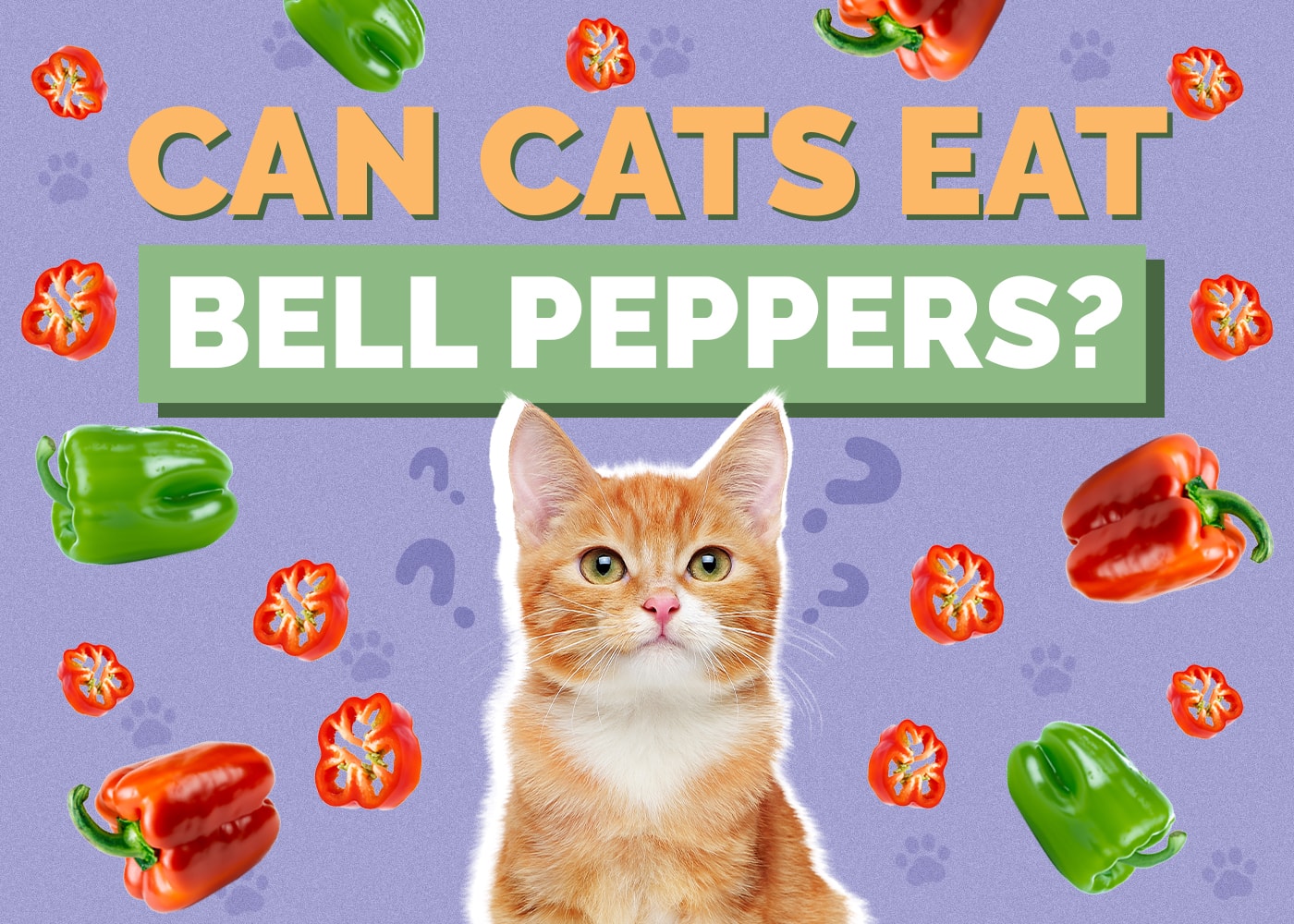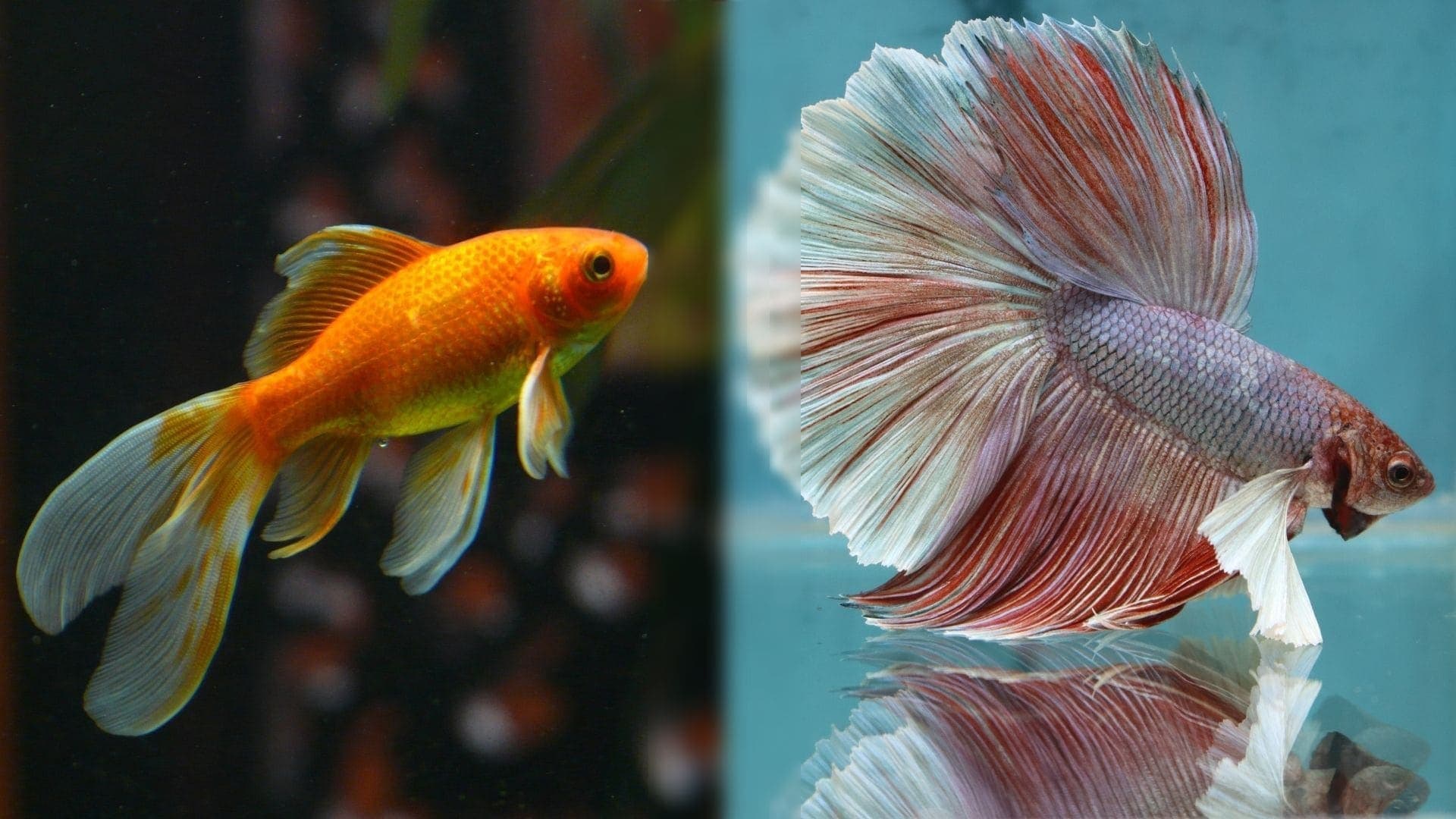Do Cats Like When You Talk to Them? Feline Prefences & Understanding
Updated on
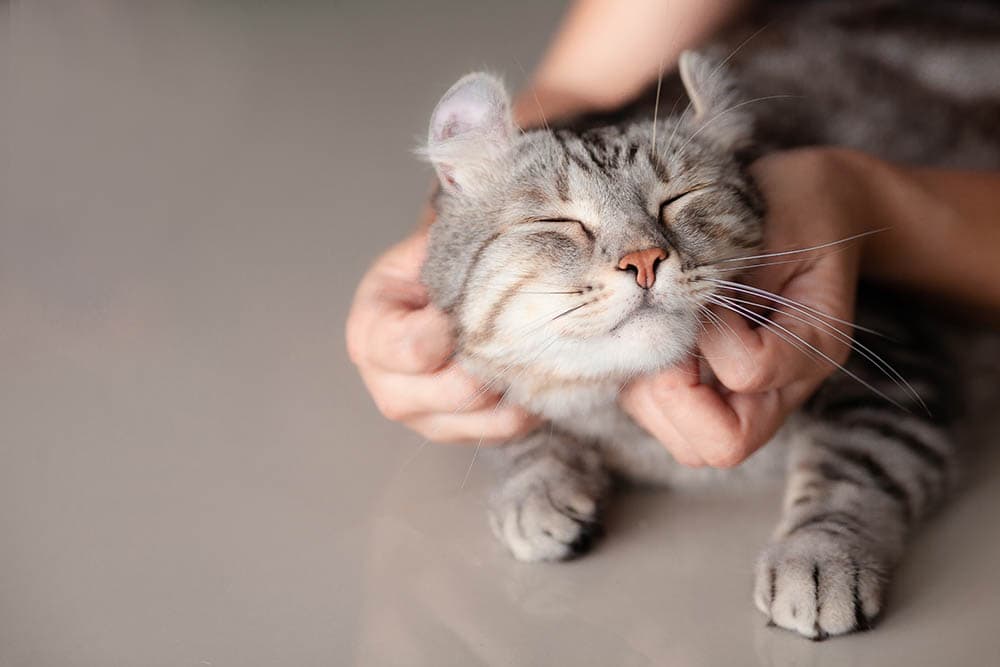
We all know those “cat people” who have conversations with their cats. While this is hard to understand for some, most pet owners agree that this is normal behavior. While we know that our cats don’t understand every single word we say, we know that they do have the ability to understand frequently used words and phrases.
Whether cats like being talked to depends on who’s doing the talking and the tone of voice that the speaker is using. Cats recognize their owner’s voice and will pay attention to soft and calm voices. Voices that sound angry or threatening will not be enjoyable for a cat.
Speaking “cat” isn’t just about words. Cats don’t use verbal communication, but they do understand human intentions, actions, and emotions.
 Do Cats Like When You Talk to Them?
Do Cats Like When You Talk to Them?
As a rule, yes, cats like it when you talk to them, and there’s scientific research to back that up. Researchers at the University of Tokyo found that cats pay attention to their owner’s voices, though they are more likely to respond when that voice is calm or soft. Tone and volume are key when it comes to cat conversations.
Cats can understand and recognize their names and can respond to being called by their owners. Many cat owners notice that their cats also respond to their talking by meowing and purring. Cats gather information about your mood by watching your body language and facial expressions.
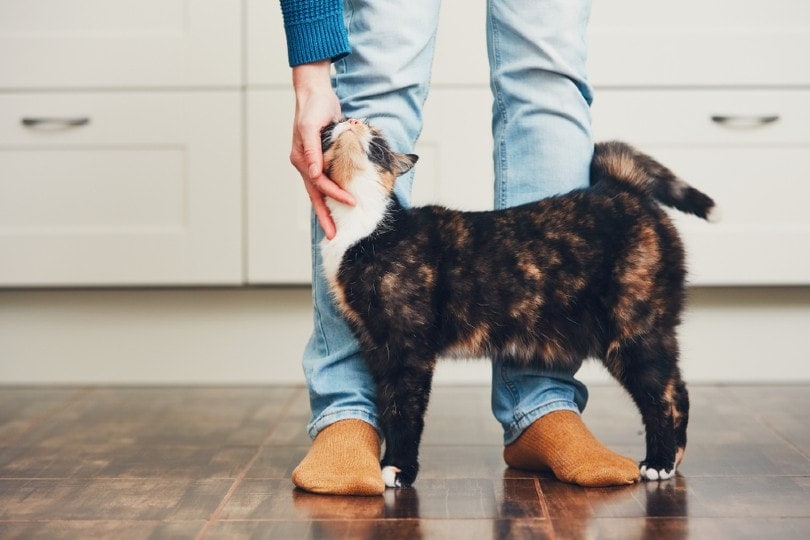
Benefits of Talking to Your Cat
Talking to your cat has lots of benefits for both you and your pet. While they may not understand everything that you’re saying, they are fantastic listeners that can give you their full attention. This fact alone makes talking to pets beneficial for your mental health, as people who talk about their problems, worries, and frustrations, even to their pet, tend to experience less stress than those who don’t.
The benefits of conversing with your feline don’t stop with you; it’s beneficial for your cat too. Here are the many reasons that you should talk to your cat.
1. Your cat feels understood
The more time you spend talking with your cat, the better you get at understanding what your cat’s vocalizations mean. Knowing which meow means “I’m hungry” versus “Please pet me” makes your cat more secure because you respond to them correctly.
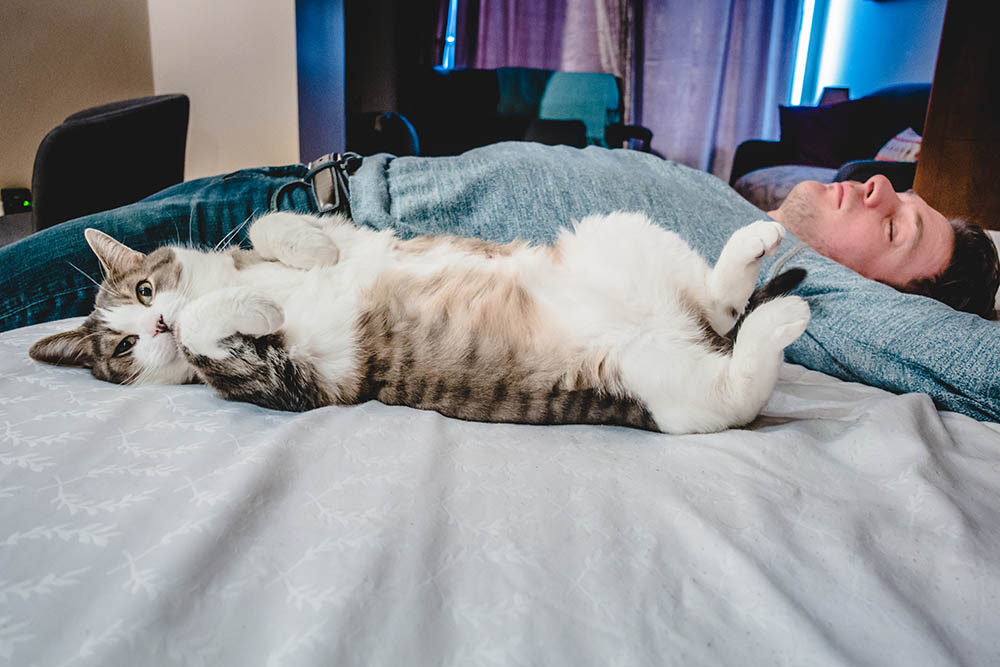
2. It strengthens your bond
When you communicate with your cat with affection, your cat will respond and know that you love them.
3. It teaches commands
The more that you use certain words combined with gestures, the more likely your cat is to learn their meaning. Cats understand tone of voice and body language better than words, but they are smart and can quickly pick up anything that you wish to teach them.

4. You will notice when something is wrong
Animals can’t tell us when they are sick or in pain. The more time you spend with your cat, the more likely you will notice when something is “off.” Sometimes, subtle cues are the first warning signs of illness.
How to Speak Cat
- Use a different tone of voice for positive and negative feedback. “Come for a snuggle” and “You’re such a good kitty” should be in a different tone than “Get down” or “No.”
- When you are correcting misbehavior, use a firm, loud, and authoritative voice, and gesture along with your verbal command.
- Use a high-pitched happy voice when calling or praising your cat. Accompany the words with a smile or a pet.
- Don’t show attention to your cat when they are exhibiting behavior that you don’t like. Use a firm “no,” and nudge your cat away to send the right message.
 Final Thoughts
Final Thoughts
While cats can often be aloof and hard to read, they do like being talked to by their owners. Cats can identify their owner’s voice and learn various words and commands. While they respond more to tone of voice and body gestures, there are numerous benefits to talking with your cat. These conversations can benefit you and your pet in many ways and strengthen your bond.
You might also like:
- My Cat Stalks Me – Is This Normal? (Cat Behavior Explained!)
- Why Do Stray Cats Like Me? 6 Likely Reasons
Featured Photo Credit: Nitiphonphat, Shutterstock
 Do Cats Like When You Talk to Them?
Do Cats Like When You Talk to Them?
